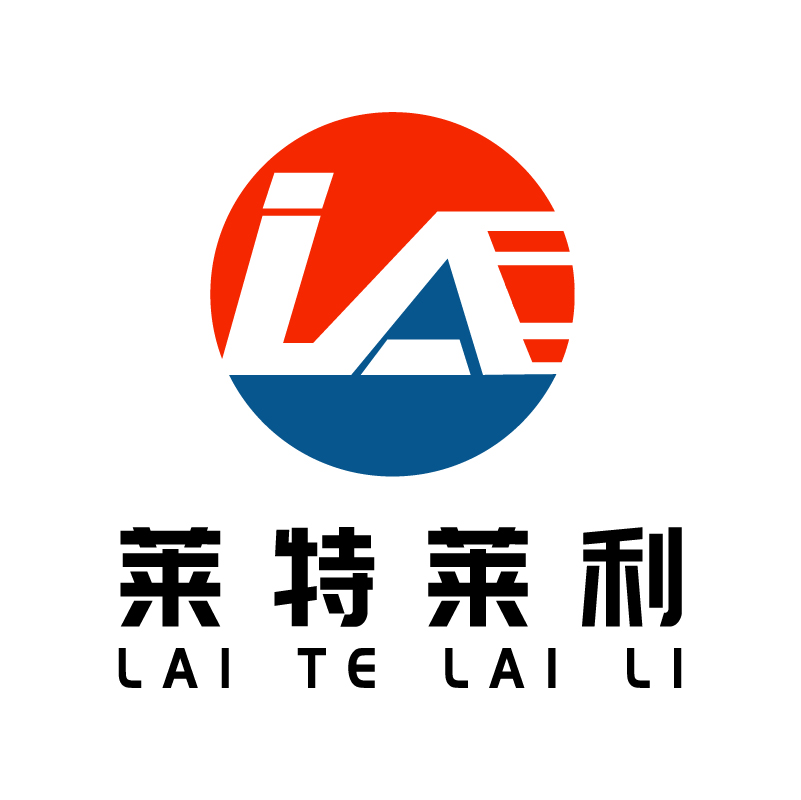For thermal label paper, what are the different import standards in different countries?
For thermal label paper, there are many differences in the import standards of different countries, and these differences are mainly reflected in the following aspects:
First, product quality and safety performance requirements
1.Physical properties: Different countries may have different requirements for the thickness, strength, water resistance, scratch resistance and other physical properties of thermal label paper. These requirements are usually based on the respective country's use environment and industry standards.
2.Chemical properties: Special attention to the content of chemical substances in thermal paper, such as bisphenol A (BPA) and other harmful substances limit. Some countries may have set more stringent limits to protect the environment and consumer health.
3.Safety performance: For thermal label paper used for food packaging or contact food, countries may have different food safety regulatory requirements, such as the United States FDA regulations, the European Union's food contact materials regulations.
Second, environmental protection and sustainability requirements
1.Recyclability: Some countries may encourage or require thermal labels to use recyclable materials or to be designed with their recyclability in mind.
2.Biodegradability: With the increase of environmental awareness, some countries may begin to pay attention to the biodegradability of thermal label paper to reduce the long-term impact on the environment.
3.Production process environmental requirements: Some countries may require the production process of thermal label paper to meet specific environmental standards, such as energy conservation and emission reduction, reduce waste emissions, etc.
Third,Compliance requirements
1.Labeling and labeling: Different countries may have different requirements for the labeling and labeling of imported products, including product name, specifications, production date, shelf life, ingredient information, instructions for use, etc.
2.Certification and licensing: Some countries may require thermal label paper to pass a specific certification process, such as CE certification, FCC certification, etc., or obtain an import license to enter the market.
3.Technical regulations and standards: Countries may have developed technical regulations and standards for thermal label paper to regulate the performance indicators of the product. These regulations and standards may vary from country to country, resulting in differences in import standards.
Fourth,Country-specific examples
While it is not possible to list all countries' import standards, here are some examples of typical countries:
United States: The United States has strict requirements on the safety performance and environmental protection of imported products. The FDA is responsible for regulating the safety of food contact materials, while the EPA focuses on the environmental performance of products. In addition, the United States may also require thermal label paper to meet specific certification requirements, such as UL certification.
Eu: The EU has a series of technical regulations and standard requirements for imported products, such as REACH regulations to restrict the use of hazardous substances, RoHS directive requires electronic products must not contain specific hazardous substances. For thermal labels, it may be necessary to comply with the requirements of these regulations and standards.
China: China also has strict requirements on the quality and safety performance of imported thermal label paper. In recent years, China has strengthened the supervision of imported products, requiring that imported products must comply with relevant Chinese standards and regulations. In addition, China may also put forward additional requirements for specific uses of thermal label paper, such as thermal paper for food packaging needs to comply with food safety regulations.
Fifth,Summary
In summary, there are many differences in the import standards of thermal label paper in different countries. These differences are mainly reflected in product quality and safety performance requirements, environmental protection and sustainability requirements, and compliance requirements. Therefore, when exporting thermal label paper to different countries, enterprises need to fully understand and comply with local import standards and regulatory requirements to ensure that products can smoothly enter the target market and meet the needs of local consumers.


